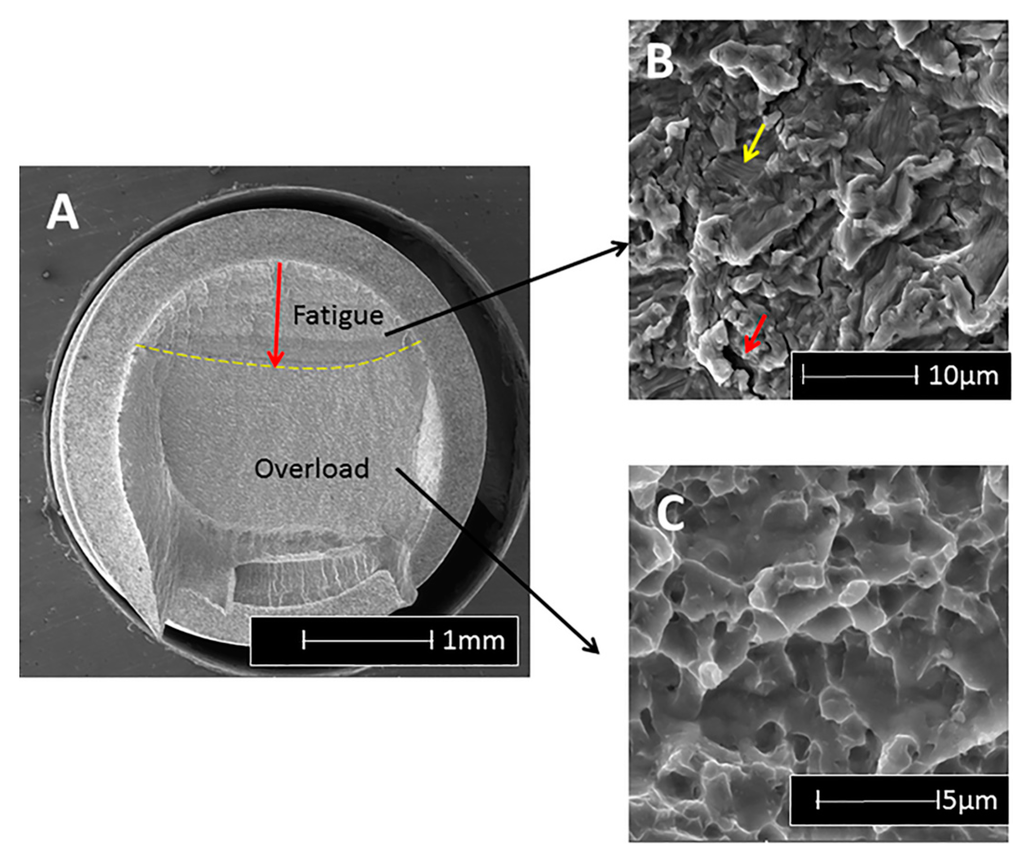

Initially, with sandblasting but also important after try-in to clean saliva. Such monomers are used in cement or bonding systems developed for zirconia.įurther, a key to getting strong zirconia bonding is proper preparation of the intaglio surface. Silanes do not bond to zirconia, but phosphate monomers or polyacids bond very strong to zirconia (and do not to glass ceramics!). Important to know: The zirconia surface is chemically very different to silica based glass ceramics. In fact, bonding of zirconia restorations is easy, but different to glass ceramics. Conclusion: Complete dentures made using functional impression technique with PVC as a final impression material are more comfortable, retentive and stable.There are myths that you can’t bond to zirconia. The complete dentures for these patients require important oral and denture hygiene care. These data were supported by SEM analysis. Although using a tissue conditioner as a functional impression material led to a high level of surface roughness and good retention, it could not produce the same smooth surface quality of PVS or ZEO. A statistically significant difference was observed in surface roughness and the retentive dislodging force between the three studied groups. Result: The results of this study revealed that the mean value of surface roughness of the stone cast surface of group I was higher than group II and group III. The retentive force of each denture for each subject was measured. The three dentures were identical except for the different impression materials used from Groups I, II and III. Each subject received three heat-cured acrylic resin dentures, fabricated using the functional impression technique. A clinical study included five severely resorbed mandibular edentulous alveolar ridges and edentulous maxillary arches. The surface roughness of the stone cast specimens of the three groups (I, II, and III) was measured with a surface profilometer and analyzed by a scanning electron microscope. Cylindrical split aluminium moulds were designed to receive the impression materials and the stone mixture. The impression materials used were as follows: tissue conditioner group (I), zinc oxide (ZEO) (group II) and poly (vinyl siloxane) (PVS) (group III). The specimens of the impression materials/stone casts were divided into three equal groups (I, II, and III). Method: Specimens of three impression materials/stone casts were fabricated. The aim of the present study was to evaluate the effect of the functional impression technique with various impression materials on the surface characteristic of dental stone casts and their clinical effect on the retention of complete dentures. Impression Techniques, Impression Materials, Surface Roughness, Scanning Electron Microscope and Retention of Complete DentureĪBSTRACT: Background: The accuracy of the final prosthesis is affected by the final impression technique and master cast production. Journal of the Indiana Dental Association, 4, 313-316.Įvaluation of the Functional Impression Technique with Various Impression Materials on the Surface Topography of Dental Stone Casts and Their Effect on Retention (2010) Effect of Surface Texture of Intaglio Surface on Denture Retention-A Comparative Analysis in Vivo.


 0 kommentar(er)
0 kommentar(er)
